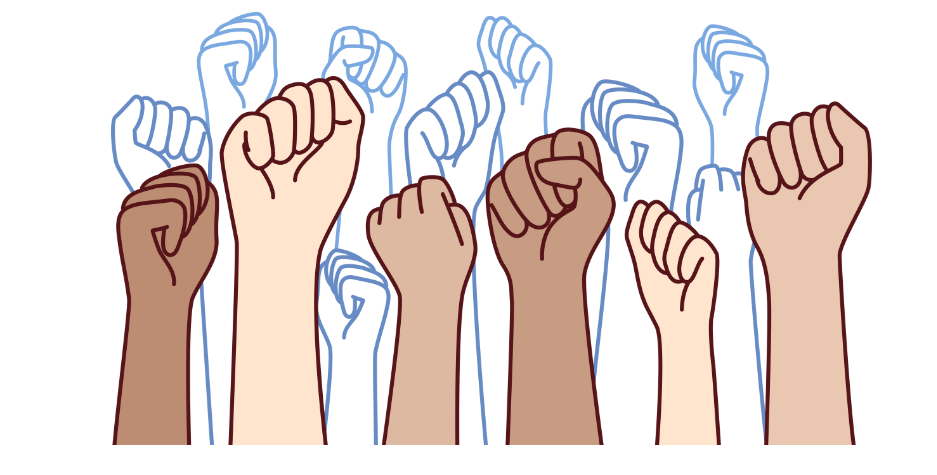2023
1. The crucial aspect of development process has been the inadequate attention paid to Human Resource Development in India. Suggest measures that can address this inadequacy.
2. Discuss the contribution of civil society groups for women's effective and meaningful participation and representation in state legislatures in India.
3. “Development and welfare schemes for the vulnerable, by its nature, are discriminatory in approach.” Do you agree? Give reasons for your answer.
4. Skill development programmes have succeeded in increasing human resources supply to various sectors. In the context of the statement analyze the linkages between education, skill and employment.
2022
1. Besides the welfare schemes, India needs deft management of inflation and unemployment to serve the poor and the underprivileged sections of the society. Discuss.
2. Do you agree with the view that increasing dependence on donor agencies for development reduces the importance of community participation in the development process? Justify your answer.
3. The Right of Children to Free and Compulsory Education Act, 2009 remains inadequate in promoting incentive-based system for children's education without generating awareness about the importance of schooling. Analyze.
2021
1. “Besides being a moral imperative of a Welfare State, primary health structure is a necessary precondition for sustainable development.” Analyze.
2. “Earn while you learn scheme needs to be strengthened to make vocational education and skill training meaningful.” Comment.
3. Can the vicious cycle of gender inequality, poverty and malnutrition be broken through microfinancing of women SHGs? Explain with examples.
4. “Though women in post-Independent India have excelled in various fields, the social attitude towards women and feminist movement has been patriarchal.” Apart from women education and women empowerment schemes, what interventions can help change this milieu?
5. Can Civil Society and Non-Governmental Organizations present an alternative model of public service delivery to benefit the common citizen? Discuss the challenges of this alternative model.
2020
1. In order to enhance the prospects of social development, sound and adequate health care policies are needed particularly in the fields of geriatric and maternal health care. Discuss.
2. “The incidence and intensity of poverty are more important in determining poverty based on income alone”. In this context analyze the latest United Nations Multidimensional Poverty Index Report.
3. “Micro-Finance as an anti-poverty vaccine, is aimed at asset creation and income security of the rural poor in India”. Evaluate the role of the Self Help Groups in achieving the twin objectives along with empowering women in rural India.
4. National Education Policy 2020 is in conformity with the Sustainable Development Goal-4 (2030). It intends to restructure and reorient education system in India. Critically examine the statement.
2018
1. Appropriate local community-level healthcare intervention is a prerequisite to achieve ‘Health for All’ in India. Explain.
2. How far do you agree with the view that the focus on lack of availability of food as the main cause of hunger takes the attention away from ineffective human development policies in India?
2017
1. ‘To ensure effective implementation of policies addressing water, sanitation and hygiene needs, the identification of beneficiary segments is to be synchronized with the anticipated outcomes’. Examine the statement in the context of the WASH scheme.
2. Does the Rights of Persons with Disabilities Act, 2016 ensure effective mechanism for empowerment and inclusion of the intended beneficiaries in the society? Discuss.
3. Hunger and Poverty are the biggest challenges for good governance in India still today. Evaluate how far successive governments have progressed in dealing with these humongous problems. Suggest measures for improvement.
2016
1. Professor Amartya Sen has advocated important reforms in the realms of primary education and primary health care. What are your suggestions to improve their status and performance?
2. Examine the main provisions of the National Child Policy and throw light on the status of its implementation.
2015
1. The quality of higher education in India requires major improvements to make it internationally competitive. Do you think that the entry of foreign educational institutions would help improve the quality of technical and higher education in the country? Discuss.
2. Public health system has limitations in providing universal health coverage. Do you think that private sector could help in bridging the gap? What other viable alternatives would you suggest?
3. Though there have been several different estimates of poverty in India, all indicate reduction in poverty levels over time. Do you agree? Critically examine with reference to urban and rural poverty indicators.
2014
1. Do government’s schemes for up-lifting vulnerable and backward communities by protecting required social resources for them, lead to their exclusion in establishing businesses in urban economies?
2013
1. Identify the Millennium Development Goals (MDGs) that are related to health. Discuss the success of the actions taken by the Government for achieving the same.
2. The concept of Mid Day Meal (MDM) scheme is almost a century old in India with early beginnings in Madras Presidency in pre-independent India. The scheme has again been given impetus in most states in the last two decades. Critically examine its twin objectives, latest mandates and success.
